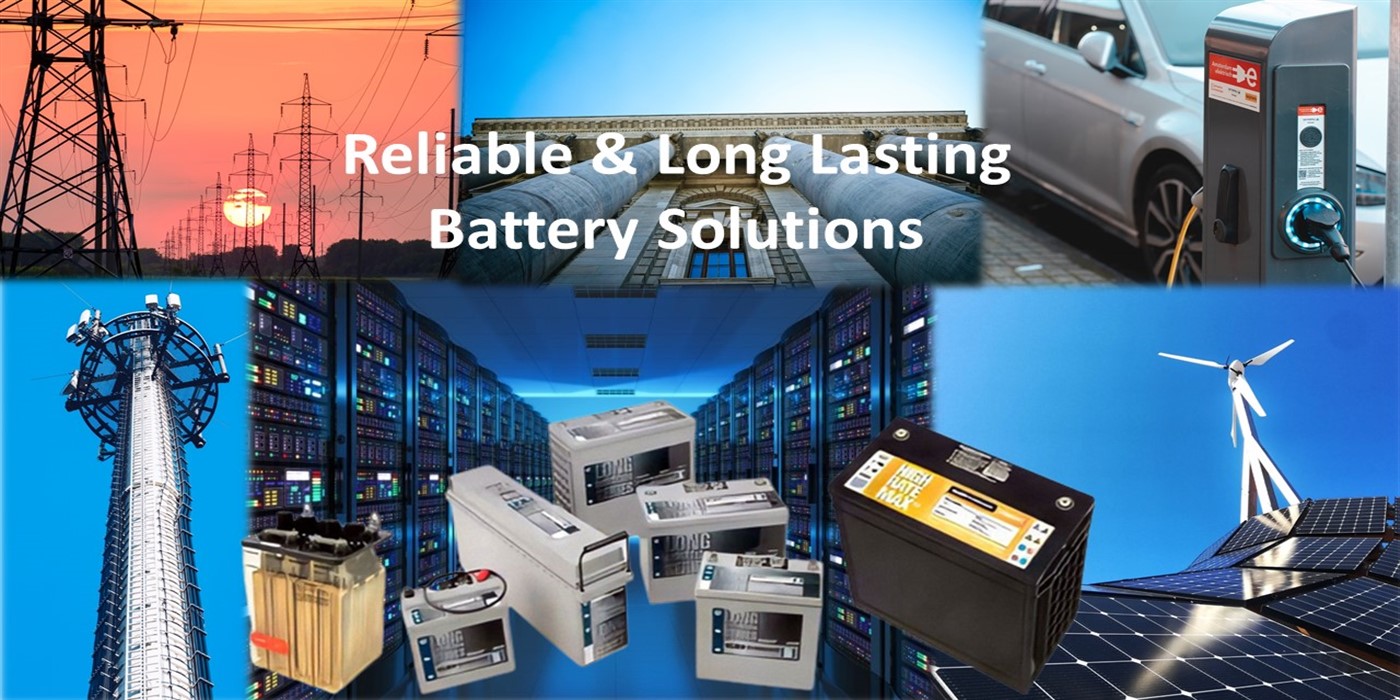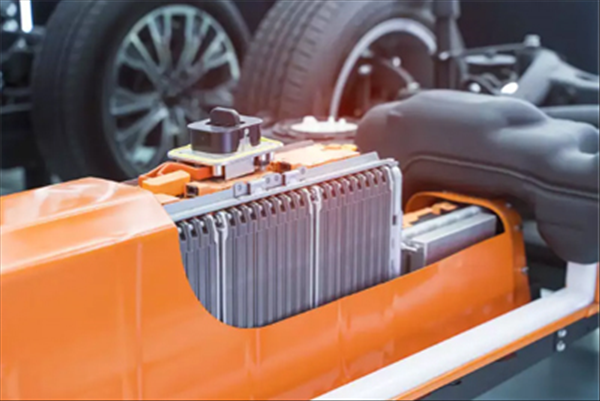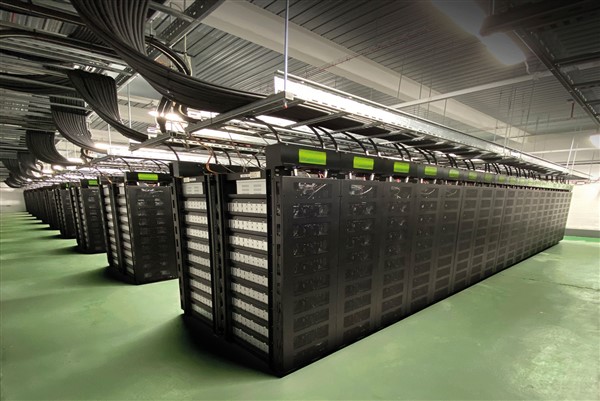
Batteries
Our battery solutions are designed and manufactured utilizing cutting-edge technology and subjected to the strictest quality control. This procedure is critical for guaranteeing uniformity and dependability.
Lead Acid Batteries
Lead acid batteries are a typical type of large-capacity rechargeable battery. They're found in cars, electric vehicles, watercraft, and uninterruptible power supply (UPS). These batteries are made up of separate cells that have layers of lead alloy plates submerged in an electrolyte solution. Small amounts of other metals, such as antimony, calcium, tin, and selenium, are frequently added to lead to increase mechanical strength and improve electrical characteristics. The electrolyte solution is normally made up of 35% sulfuric acid and 65% water, and energy is generated when the sulfuric acid comes into contact with the lead plate and triggers a chemical reaction.

Sample Applications
- Data Centers
- Network Operations Centers
- Industrial Process Control Facilities
- Internet Housing Sites
- Semiconductor Manufacturing
- Banks & Financial Markets
- Power Generation Plants
- Hospitals & Testing Laboratories
- Emergency 911 Response Centers
Lithium-ion Batteries
Because of their vast development history in consumer items and electric cars, lithium-ion batteries are the leading electrochemical grid energy storage technology. They are appealing for various grid applications because to characteristics like as high energy density, high power, high efficiency, and minimal self-discharge.


Since its introduction in the early 1990s, Li-Ion batteries have captured more than half of the small mobile phone market in just a few years. Manufacturers are attempting to cut the cost of Li-Ion batteries, which are projected to fall further as the automobile and energy storage businesses take off.
Since 2010, there has been a substantial growth in the use of Li-Ion batteries in stationary applications, owing to the extensive knowledge acquired in the development of batteries for electric and hybrid cars. In 2015, more than 500MW of stationary Li-Ion batteries were operational in grid-connected installations across the world. Systems for grid support with voltages up to 1kV have been built and successfully tested in conjunction with distributed renewable generators ranging from a few kW to several MW. Whereas early systems were constructed for demonstration purposes, only a commercial market for such applications is now growing in various parts of the world.
Improvements in technology will boost energy density, cycle and calendar life even further. The development of industrial capacity for the mass manufacture of industrial scale cells and batteries (driven by the automotive, energy storage, and other mass markets) is expected to lower system prices in the future. Increased market volume will result in higher diversification of system solutions for various application domains, as well as a strong integration of segment-specific system functionalities.

Sample Applications
Li-Ion batteries are utilized in a wide range of applications due to their excellent scalability and flexibility in power and energy:
Residential - Time shifting and self-consumption of locally produced Photovoltaic (PV) energy in residential and business buildings
Distribution grids: voltage, capacity and contingency support of smart grids.
Transmission grids: Ancillary services, namely frequency regulation.
Renewable generation: smoothing and shaping functions connected with voltage and frequency assistance to facilitate easier integration of large renewable facilities into the power grid.
